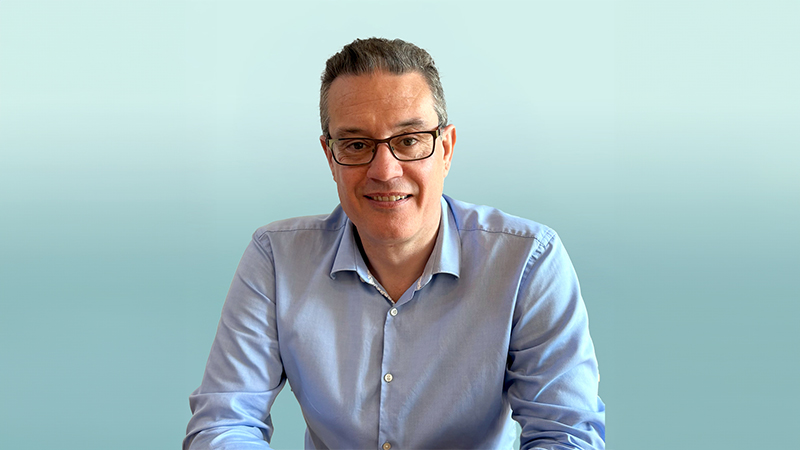The dilemma for investors searching for income is well known. Many high-yielding asset classes are expensive, and the end of the 30-year bull market in fixed interest is increasingly discussed by commentators.
Bond yields, be they government or corporate, high quality or junk, are at almost record low levels. In the absence of an imminent rise of interest rates in Europe or the US, this situation is likely to persist.
In a zero interest rate world, alternative sources of income are key. Property used to provide income for investors but the bifurcation of the London commercial property market and the rest of the UK is stark, driven by huge quantities of money from overseas forcing yields down. How else can income investors find yield through a managed fund route?
Hit list
At the same time as the fall in bond and property yields, banks have withdrawn from lending to a number of different groups. Starved of capital, some asset managers have turned to the listed fund market in recent years. Open-ended Ucits funds are only able to invest in more liquid, transferable securities, and so for these more illiquid strategies to be available to individual investors, closed-ended funds are a natural fund structure to consider.
Today, the listed infrastructure market is relatively mature, with a range of different funds. They are well known, and the likes of HICL or 3i Infrastructure are £1bn ($1.5bn) market-cap companies. Other funds invest in the debt issued by infrastructure projects, and offer a higher yield but little capital growth potential.
Leveraged loans have also grown as a sector in recent years. Companies borrow at rates similar to those paid by high-yield bonds, but the loans offer a degree of security against the firm’s assets. The collapse of Lehman Brothers was a low point for the industry but there is now little value within the leveraged loan market and investors will clip the coupon for the near future.
Those funds run by Neuberger Berman and Alcentra are well managed but with little upside to net asset values. Leveraged loans pay a floating-rate coupon, and so should see their dividend payments grow if interest rates rise. But they remain highly sensitive to changes in bond yields.
Where inflation is high, bond yields rise but interest rates do not, and sectors such as infrastructure and leveraged loans may not deliver expected returns.
Investors are being forced up the risk spectrum to make money from secured loans. To that end, a number of listed funds invest in securitised loans, where groups of them have been packaged and their capital and income separated into tranches with different risk characteristics.
The likes of Carador, which invests in securitised loans, performed exceptionally in 2012, generating a near-50% total return as investors recognised its 12% yield was well supported by underlying cashflows earned by its securitised loan tranches. Today, loans are being repurchased and reissued at lower yields, putting pressure on Carador’s share price. Its high yield looks secure for now but is unlikely to grow, and the dividend is likely to fall in time.
Real assets
In the current climate, we prefer funds that own real assets rather than just a stream of cashflows. Infrastructure funds such as 3i own utility companies like AWG (Anglican Water Group) in the UK and Elenia (a Finnish power utility). Investors should look carefully at the ownership profile of funds, as those that own more of their assets should command a premium rating if and when bond yields start to increase.
We also like some infrastructure assets with the potential for dividend growth. Greencoat Wind is a new fund that invests in UK wind farms. The income it generates will be partially dependent on rising UK power prices. With increased pressure on carbon emissions and the withdrawal of cheap but polluting coal-power stations, UK power prices are likely to rise, helping to grow the company’s dividend.
Elsewhere, private equity is an asset class not known for its income-producing abilities. It became overpriced in 2007 and then fell precipitously during the next 18 months. The listed fund sector is now performing well and discounts have narrowed to very low levels. But some firms have recognised how important income is to investors – Princess Private Equity, for example, changed its strategy to be a direct investor in private equity debt. It pays a dividend of about 7%.
3i has used a higher dividend payment as a way of narrowing its discount to the point where it now trades a large premium to net asset value. The pressure remains on management to continue to drive its asset value upwards, raise new funds and cut costs. But for those investors able to take more risk in their investment portfolio, the combination of improving economic conditions and a high dividend yield may be attractive.
Hitting targets
A fund with the potential to grow from a small base is Target Healthcare. It owns a number of modern care homes that specialise in caring for patients with particular needs, such as dementia. An ageing population and rising dementia rates exist in the UK, and the country is not building enough quality care facilities. The fund pays a 6% dividend, which will rise broadly with inflation. The fact it owns properties with low levels of debt attached is attractive.
Investors should also be aware of the more esoteric and risky funds that are available, but they should be considered by sophisticated investors only.
The specialist funds market of the London Stock Exchange is home to a number of unusual strategies and illiquid asset classes, including funds that underwrite natural catastrophe risk and so benefit from periods with few large natural disasters. Other funds lease aeroplanes or own and lease student accommodation. These funds clearly pose different and significant risk to investors but may be suitable for more sophisticated clients with large and well-diversified portfolios.
New funds continue to look to raise money in the sector. Private equity specialist CVC is looking to raise a fund that invests across a range of credit strategies, including loans, high-yield bonds and other specialist credit instruments. A 5% yield is appealing in today’s market but our overwhelming concern for investors is that they risk paying too much in the way of management fees and expenses, just to receive a dividend payment higher than gilt yields or inflation, in many of those companies that are either trading or are considering coming to market.
Many of these high-yielding investment funds trade at premiums to their net asset value. They have been quick to raise money in recent years but some will find it hard to repurchase shares if market conditions turn against them.
There are some very good listed fund investments available, which are complementary to the more traditional Ucits funds, but no investment is without risk and listed funds offer a different set of challenges. However, they do offer true diversification and alternative sources of income for client portfolios and are well worth considering by portfolio managers.










